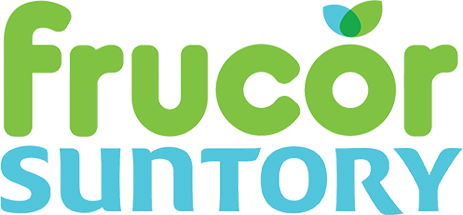- HOW WE WORK
- Insights
- INNOVATION
- Innovate InnovationRefresh and retune your innovation process from beginning to end
- Fuelling the PipelineGet a focused pipeline of opportunities to deliver real growth
- Consumer-led Product DevelopmentAgile check-ins with consumers earlier and more often
- Post-launch RadarFigure out what worked (and why), so you can pivot and optimise
- Your Resources
- WHO WE ARE



































